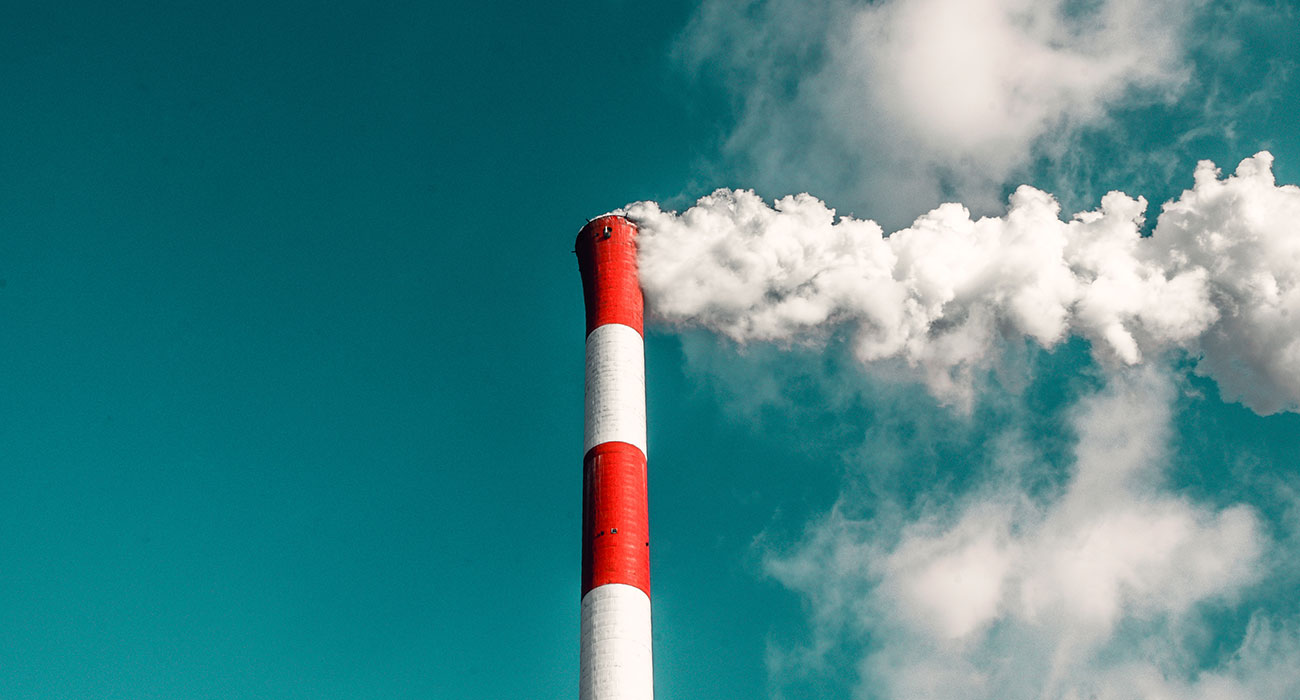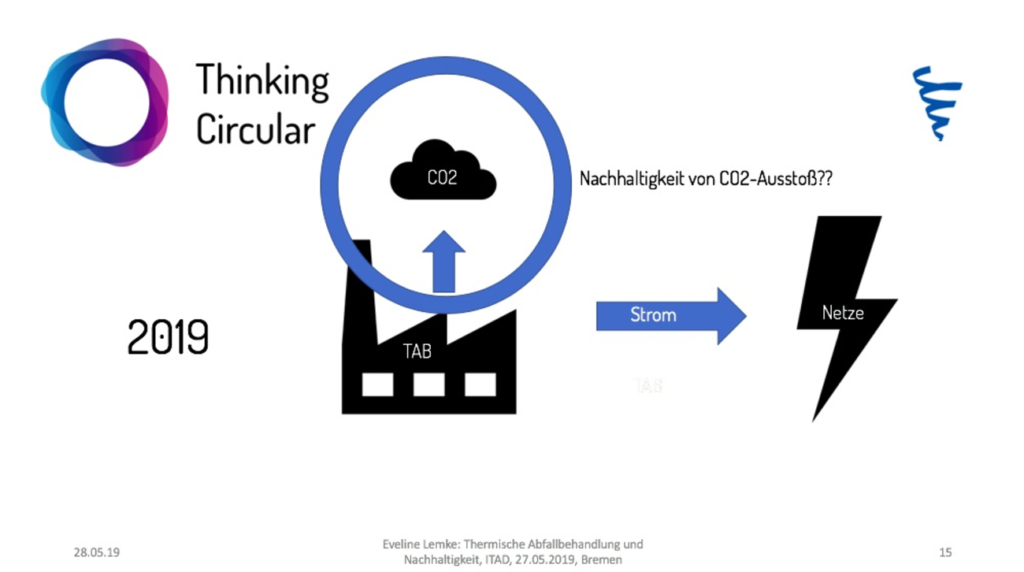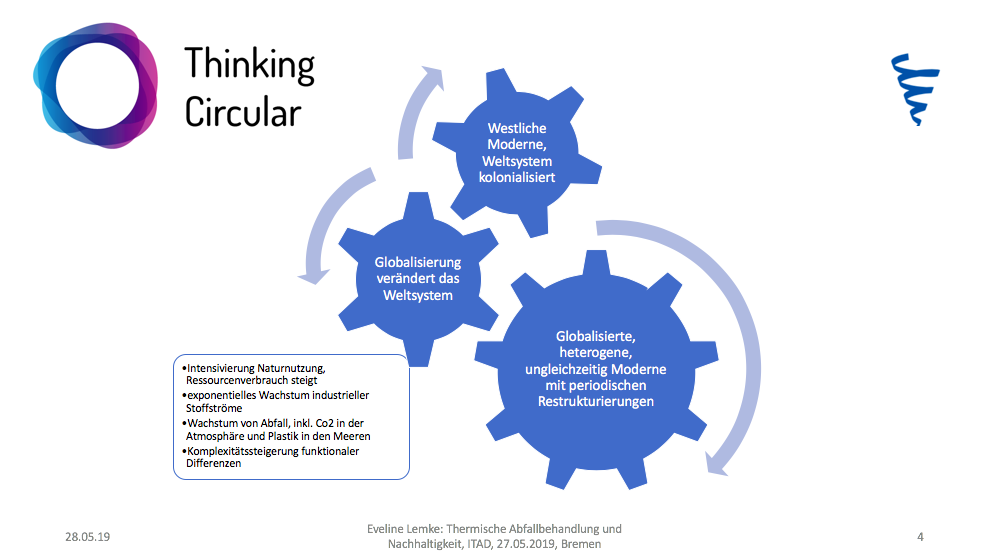
05.2019 Dissolved? The end of incineration is near…
How much would the end of incineration contribute to climate protection? After the end of the atomic- and coal-power the end of incineration is near. The Ökoinstitut e. V. already calculated in 2014 that in 2050 only 10 incinerators in Germany would be necessary to dissolve worst wastes. Now the question in on the table how the transformation process will be run? Are there perspectives for chemical recycling? Who will invest in innovation? Only one day after the European election I had the honour to discuss this question with the incinerating industries on the 20th anniversary of the ITAD, the incineration association in Germany.
The result of the European parliamentarian election has shown: The young generation expects action in climate protection. And we carry responsibility for the next generation. Future is a privilege. It’s the privilege of the young generation. So how do incineration managers answer to the young voters? 14 million tonnes of carbon are exposed to climate, each year. Wouldn’t this be a good act of climate protection to take the incinerators off grid?
We live in heated times. Not only to be spoken for climate questions. Greta Thunberg has started the “Friday for Future” movement and this is just one group that puts pressure on the incinerators. The EU commission has started strategic taxonomy for sustainable investments. This means that there will be no funding for waste-to-energy plants in the future any more. Let’s have a view on the end of incineration:
Five trends and five points to make:
Trend number one: The green transformation can’t be stopped, but innovators should take part in it!
The incineration can be part of the transformation and has already been part of the green transformation process. The main object was to extract poison from the environment by burning it safely. A world-wide ban of land-fills is overdue. Today we know that depositing wastes in land-fills will cause factor 23 more gases driving climate change. But we can see many countries that shut down for imports of wastes, like China or Malaysia. The now send back that garbage to the countries of origin. This causes work for the incinerators. Actually they have a lot of material to burn. Also the obligation for SME and all companies to collect and handle wastes properly has driven the amount of waste for incinerators to fire. Here we can clearly see the work for innovationsmanagers of the Circular Economy.
In general times are heated up: global policies, globalisation and takes over old colonial powers and causes additional conflicts. New Monopols or Oligopols are driven by heterogene and periodical processes of restructure. The new modernism is constantly disruptive. Disruption is not only caused by policy makers but also by technology. How to manage innovation successfully has to be answered and can be answered using tools of systems thinking and scenario planning.
 Let’s follow Kontratieff’s thoughts on the long economic waves caused by technological changes. Innovations like electricity, trains, telecommunication and others have driven developments. Green technologies are already driving global growth markets, but haven’t been in the focus of beging innovation factors. The economic perspective can be sharpened here. People are already noticing that these technologies are changing their every day lives to the good or better. As a result the political green movement is growing.
Let’s follow Kontratieff’s thoughts on the long economic waves caused by technological changes. Innovations like electricity, trains, telecommunication and others have driven developments. Green technologies are already driving global growth markets, but haven’t been in the focus of beging innovation factors. The economic perspective can be sharpened here. People are already noticing that these technologies are changing their every day lives to the good or better. As a result the political green movement is growing.